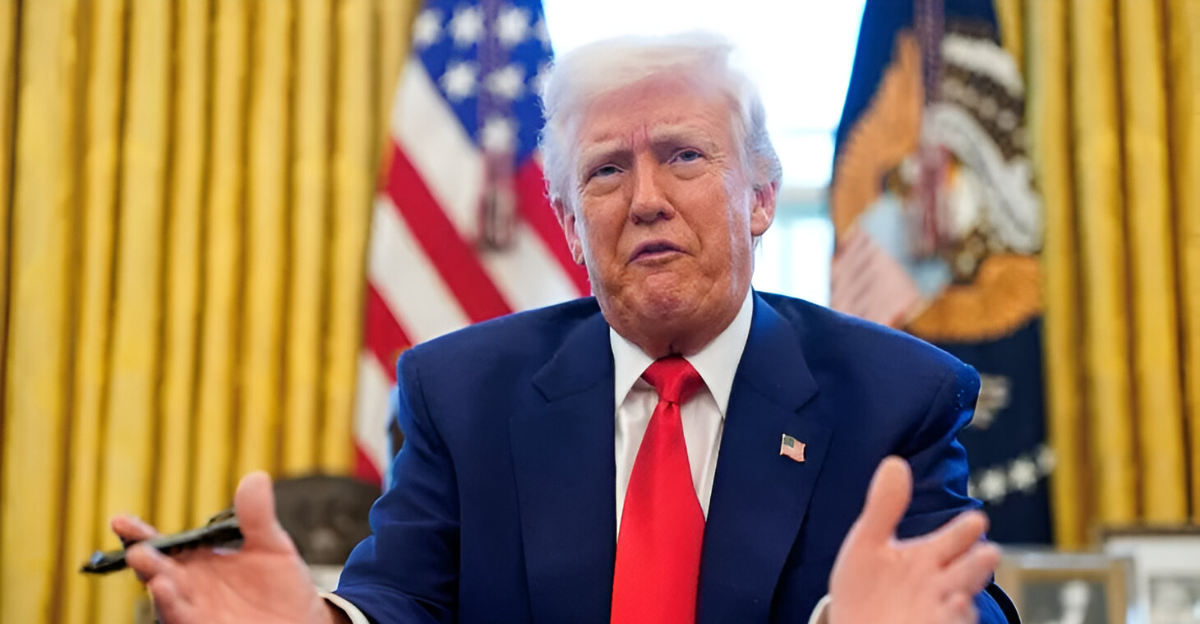
A federal court recently dealt a major setback to President Trump’s tariff strategy, blocking many of his key trade levies. At first, markets responded with optimism, and foreign trade partners seemed relieved.
However, the ruling may be short-lived. Trump’s team is already exploring legal alternatives to maintain the tariff pressure.
The real question now is not if the tariffs can be stopped but whether the Trump administration will creatively bypass judicial roadblocks while appeals unfold.
What the Court Blocked – And What Remains
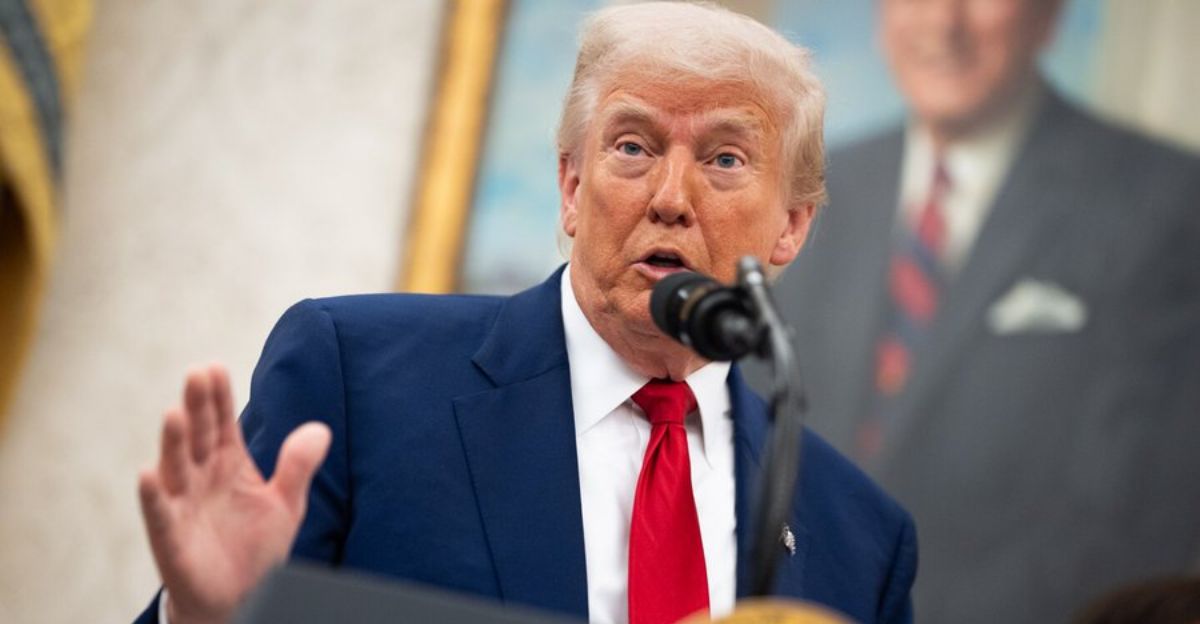
The U.S. Court of International Trade invalidated Trump’s most sweeping tariffs, including the 10% “Liberation Day” tariffs imposed on most trading partners and reciprocal tariffs reaching 50% on countries with significant trade deficits. The court also blocked tariffs aimed at China, Mexico, and Canada related to fentanyl trafficking concerns.
However, the ruling left in place tariffs on steel and aluminum imports, as well as his initial China tariffs. These decisions removed vulnerable tariffs but did not dismantle Trump’s trade agenda completely.
The Legal Misstep Behind Trump’s Tariffs
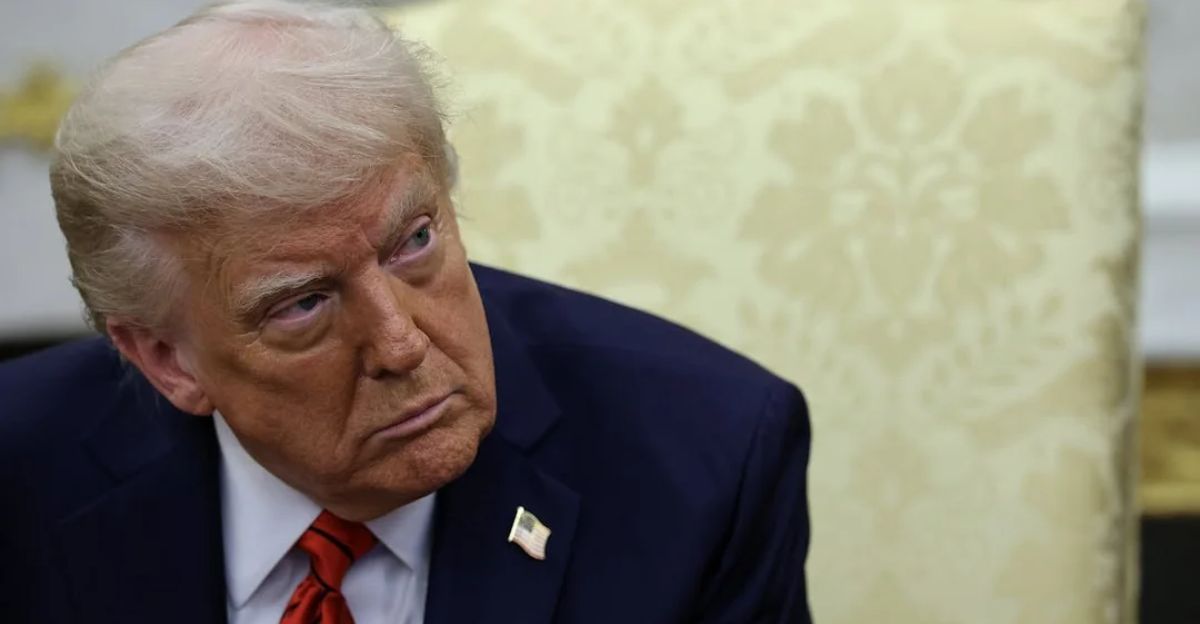
Trump’s use of the 1977 International Emergency Economic Powers Act (IEEPA) to justify his tariffs proved problematic. While IEEPA was designed for sanctions and asset freezes during emergencies, it had never been used for broad tariffs.
The court, consisting of judges appointed by Reagan, Obama, and Trump, ruled that the president’s interpretation was incorrect. They emphasized that tariff powers lie with Congress, not the president, and that such sweeping authority would be unconstitutional.
Why the Legal Victory Feels Like a Temporary Win
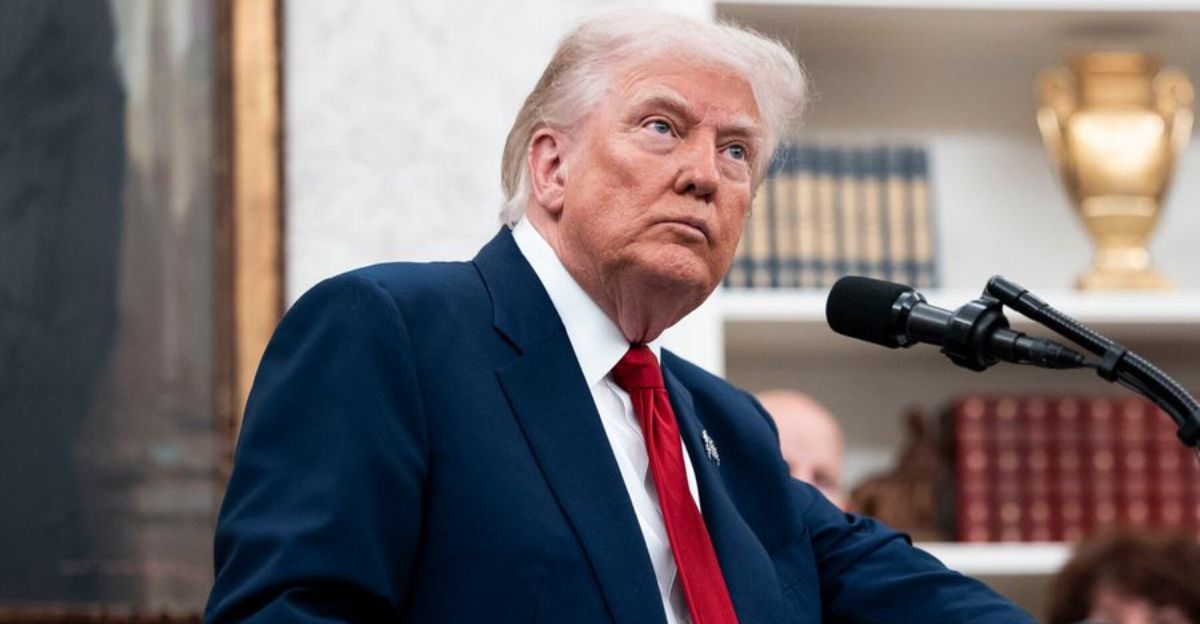
Trump’s legal team wasted no time after the court ruling, securing a temporary stay from the Federal Circuit Court of Appeals, which reinstated the blocked tariffs. This stay could last for months as the case goes through appeals, potentially reaching the Supreme Court.
While markets initially cheered, that optimism quickly faded. Trump’s administration argued that blocking tariffs would create significant foreign policy issues, but for now, businesses and consumers continue to feel the impact of the tariffs.
The Administration’s Next Moves Are Already in Play
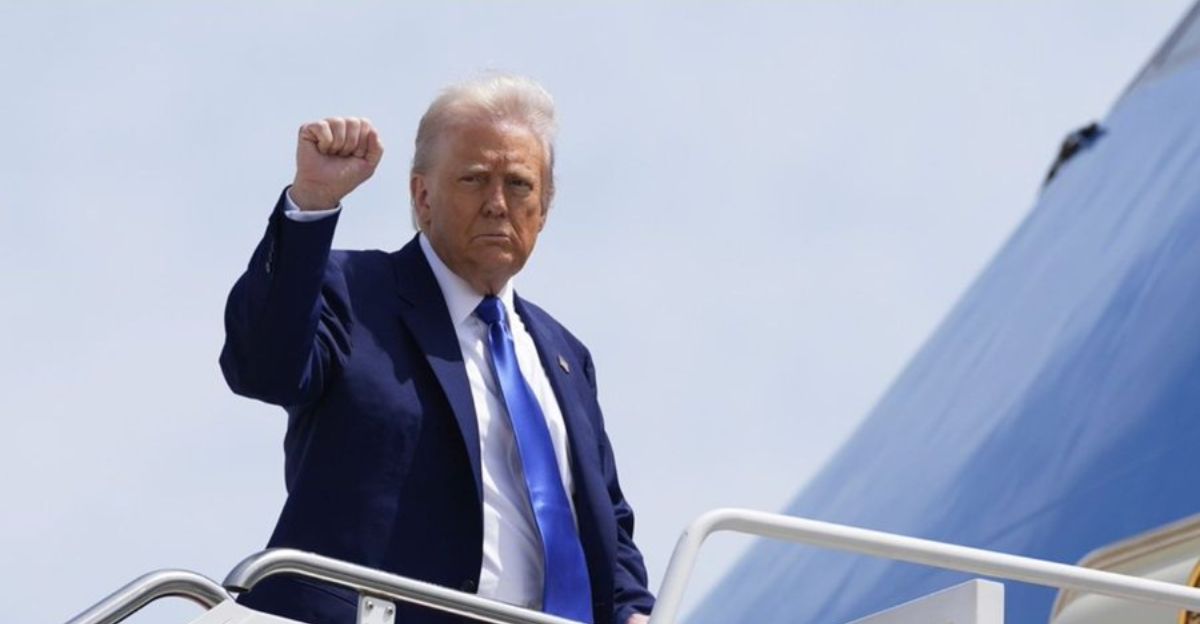
The Trump administration isn’t waiting for the appeal process to unfold, they’re already exploring ways to reintroduce tariffs through alternative legal paths. According to Goldman Sachs analysts, the administration could impose new tariffs under separate trade regulations or launch investigations into unfair trade practices.
These moves are not signs of desperation but strategic pivots aimed at maintaining pressure on trading partners while the legal battle continues.
How Global Partners Are Responding to the Court Ruling
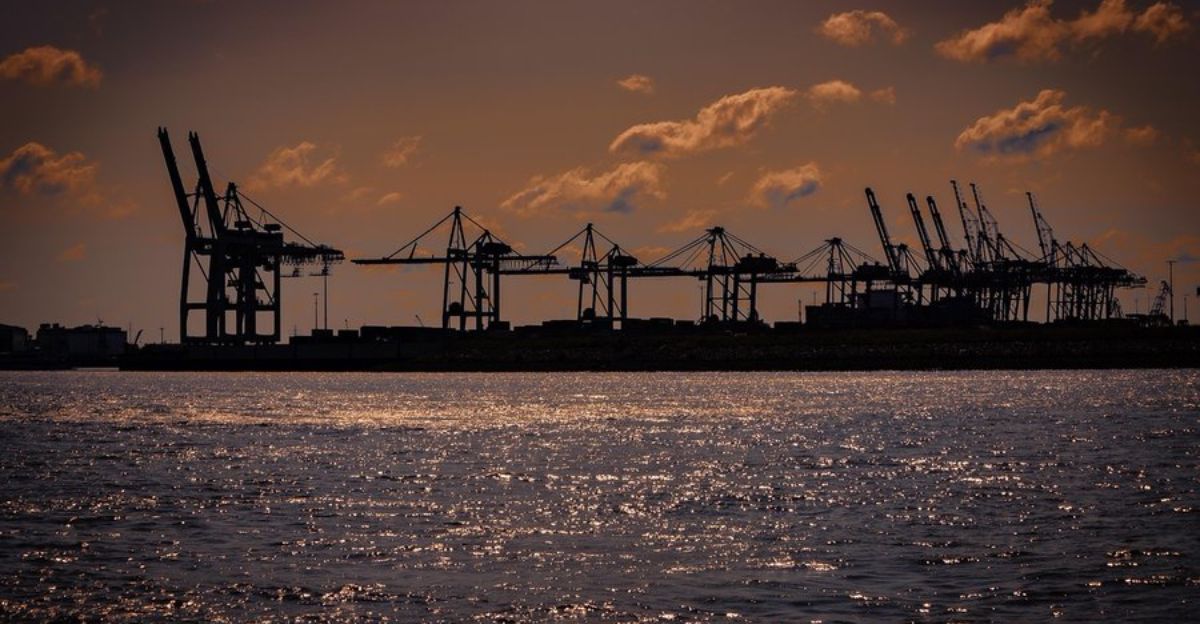
Despite initial headlines of relief, U.S. allies have responded with cautious restraint. Germany’s economy ministry and European Commission representatives have declined to comment on the case’s outcome, understanding that this legal victory may not signal lasting change.
While the court ruling temporarily blocks certain tariffs, Trump’s approach to using tariffs as a negotiating tool remains unchanged. Trading partners are waiting to see whether this legal hurdle represents a genuine shift or merely a tactical setback.
A Constitutional Showdown Over Presidential Trade Powers
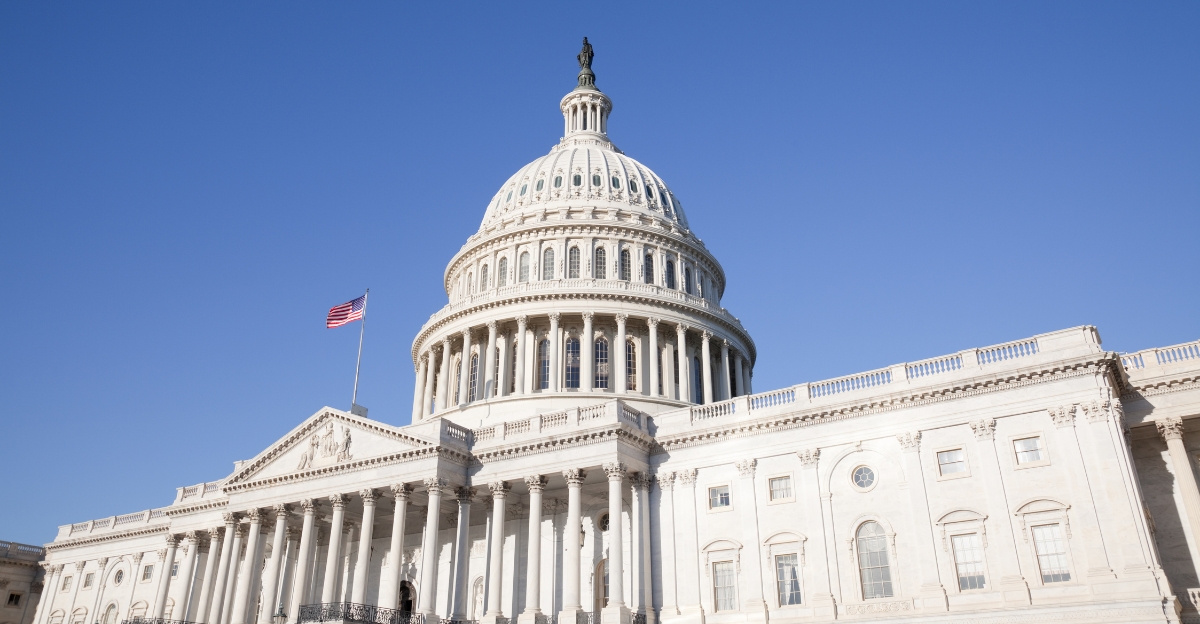
This case isn’t just about tariffs, it’s a constitutional battle over presidential power in trade policy. The court’s ruling limits the president’s ability to use emergency powers for broad trade interventions. If upheld, it could set a precedent that restricts future presidents’ authority to impose tariffs during emergencies.
However, experts note that other trade statutes remain in place, granting presidents substantial power to impose tariffs. The real constitutional question is which legal grounds courts will accept for future tariff measures.
Markets React, but the Uncertainty Lingers

After the court ruling, markets surged, with stocks and currencies benefiting from the hope that trade tensions might ease. However, that optimism quickly waned once the appeals court reinstated the tariffs.
Analysts, including Derren Nathan from Hargreaves Lansdown, warned that the markets are still on edge, unsure whether this legal decision marks the end of the tariff saga or just another chapter. Investors know that without enforcement, legal victories don’t guarantee change, and Trump’s willingness to find workarounds keeps risk premiums high.
The Larger Constitutional and Legal Ramifications
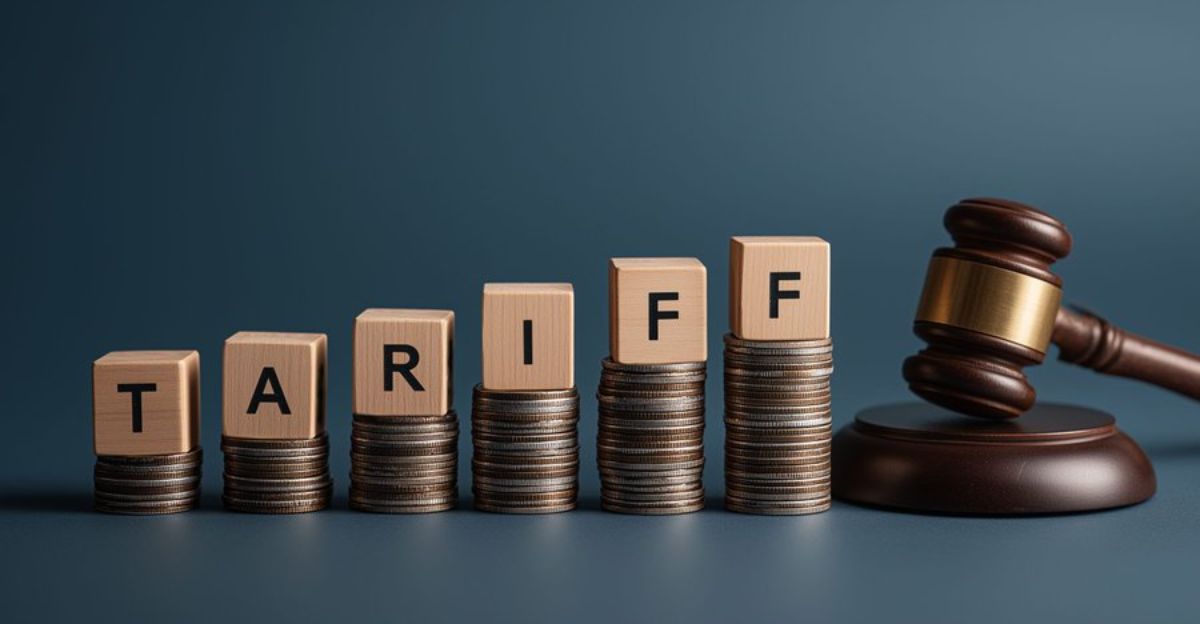
Trump’s creative use of IEEPA has opened a legal loophole, raising concerns about how emergency powers intersect with trade policy. Even if specific tariffs are blocked, the precedent of declaring trade deficits a “national emergency” could give future presidents the ability to justify almost any economic intervention.
Legal experts are worried that emergency powers designed for true crises could become normalized for trade disputes. This case could either close that door or give future presidents a blueprint for bypassing congressional authority.
What’s Next? A Strategic Gamble or Political Calculation?
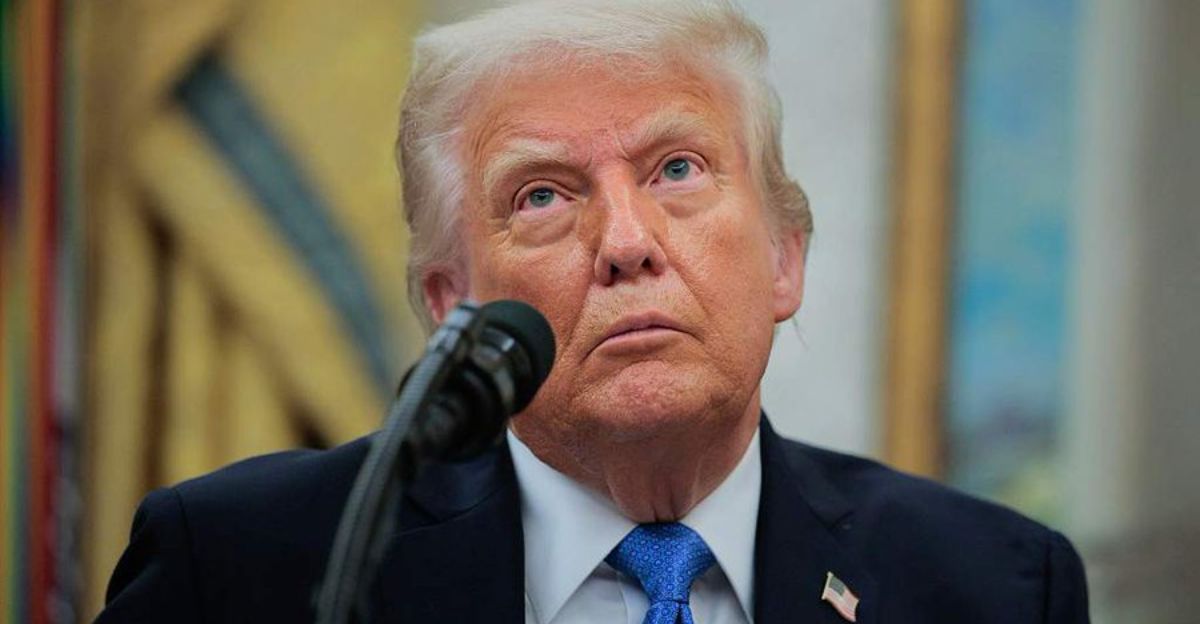
Trump’s next moves will likely be determined more by political considerations than legal constraints. If trade talks progress, he may pivot to other priorities. However, if negotiations stall or if he needs to maintain political support, expect him to pursue alternative tariff measures.
This ongoing legal battle shows no signs of resolving soon, and both the administration and its opponents will continue pressing their cases in court. Ultimately, the outcome depends on whether the political and economic costs of tariffs force a reevaluation of strategy.
Discover more trending stories and Follow us to keep inspiration flowing to your feed!

Craving more home and lifestyle inspiration? Hit Follow to keep the creativity flowing, and let us know your thoughts in the comments below!
